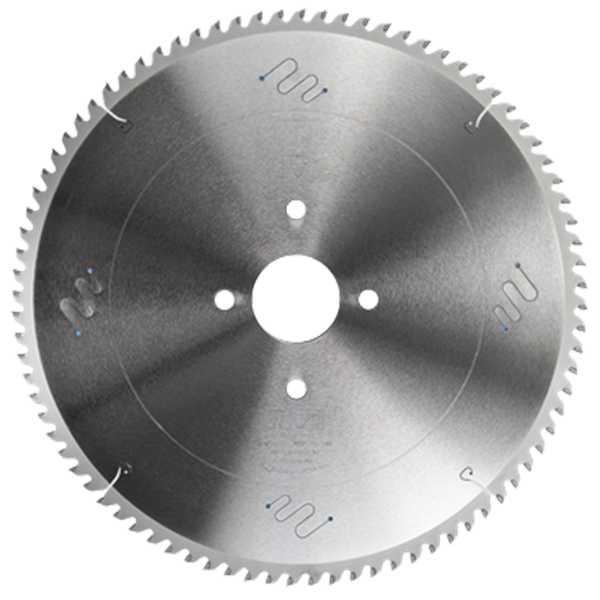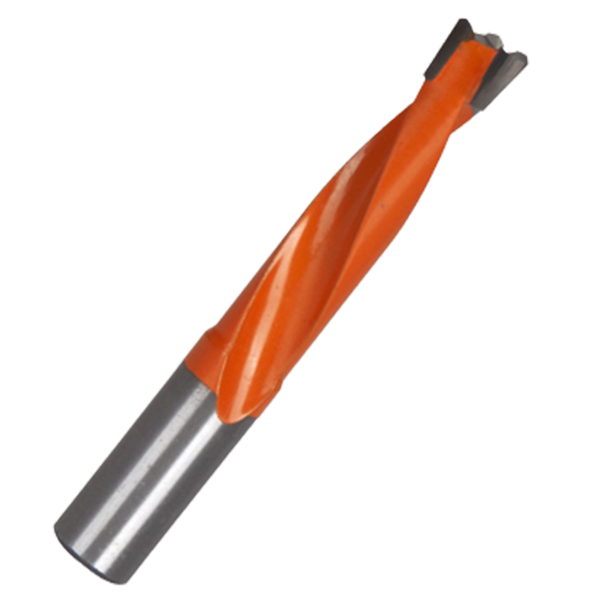introduction
Saw blade is one of the important tools we use in daily processing.
Maybe you are confused about some parameters of the saw blade such as material and tooth shape. Don’t know their relationship.
Because these are often the key points that affect our saw blade cutting and selection.
As industry experts, in this article, we will give some explanations about the relationship between the parameters of saw blades.
To help you better understand them and choose the right saw blade.
Table of Contents
Common Material Types
Woodworking:Solid wood(ordinary lumber ) And Engineered wood
Solid wood is a term most commonly used to distinguish between ordinary lumber and engineered wood, but it also refers to structures that do not have hollow spaces.
Engineered wood products are manufactured by binding together wood strands, fibers, or veneers with adhesives to form a composite material. Engineered wood includes plywood, oriented strand board (OSB) and fiberboard.
Solid Wood:
Round wood processing such as: fir, poplar, pine, press wood, imported wood and miscellaneous wood, etc.
For these woods, there are usually processing differences between cross-cutting and longitudinal cutting.
Because it is solid wood, it has very high chip removal requirements for the saw blade.
Recommended and relationship:
-
Recommended Tooth Shape: BC teeth, a few can use P teeth -
Saw Blade: multi-ripping saw blade. Solid wood cross-cut saw, Longitudinal cut saw
Engineered Wood
Plywood
Plywood is a composite material manufactured from thin layers, or “plies”, of wood veneer that are glued together with adjacent layers, having their wood grain rotated up to 90° to one another.
It is an engineered wood from the family of manufactured boards.
Features
This alternation of the grain is called cross-graining and has several important benefits:
-
it reduces the tendency of wood to split when nailed at the edges; -
it reduces expansion and shrinkage, providing improved dimensional stability; and it makes the strength of the panel consistent across all directions.
There is usually an odd number of plies, so that the sheet is balanced—this reduces warping.
Particle Board
Particle board,
also known as particleboard, chipboard, and low-density fiberboard, is an engineered wood product manufactured from wood chips and a synthetic resin or other suitable binder, which is pressed and extruded.
Feature
Particle board is cheaper, denser and more uniform than conventional wood and plywood and is substituted for them when cost is more important than strength and appearance.
MDF
Medium-density fibre (MDF)
is an engineered wood product made by breaking down hardwood or softwood residuals into wood fibre, often in a defibrator, combining it with wax and a resin binder, and forming it into panels by applying high temperature and pressure.
Feature:
MDF is generally denser than plywood. It is made up of separated fibre but can be used as a building material similar in application to plywood. It is stronger and denser than particle board.
Relation
-
Tooth Shape: It is recommended to choose TP teeth. If the MDF processed has a lot of impurities, you can use a TPA tooth shape saw blade.
Metal Cutting
-
Common materials:low alloy steel, medium and low carbon steel, cast iron, structural steel and other steel parts with a hardness below HRC40, especially modulated steel parts.
For example, round steel, angle steel, angle steel, channel steel, square tube, I-beam, aluminum, stainless steel pipe (when cutting stainless steel pipe, special stainless steel sheet must be replaced)
Features
These materials are commonly found on job sites and in the construction industry. Automobile manufacturing, aerospace, machinery production and other fields.
-
Processing: Focus on efficiency and safety -
Saw blade: cold saw is best or abrasive saw
Tips of Use and Relationship
When we choose materials, there are two aspects to pay attention to.
-
Material -
Material Thickness
-
The 1 point determines the rough type of saw blade and the processing effect.
-
The 2 point is linked to the outer diameter and number of teeth of the saw blade.
The greater the thickness, the greater the outer diameter. The formula of saw blade outer diameter
It can be seen that:
The outer diameter of the saw blade = (processing thickness + allowance) * 2 + diameter of the flange
Meanwhile,The thinner the material, the higher the number of teeth. The feed speed should also be slowed down accordingly.
Relationship between tooth shape and material
Why do you need to choose a tooth shape?
Choose the Correct tooth shape and the processing effect will be better. Better matches the material you want to cut.
Tooth Shape Selection
-
It is related to chip removal. Thick materials require a relatively small number of teeth, which is conducive to chip removal. -
It is related to the cross-section effect. The more teeth, the smoother the cross-section.
The following is the relationship between some common materials and tooth shapes:
BC Tooth Mainly used for cross-cutting and longitudinal cutting of solid wood, sticker density boards, plastics, etc.
TP Tooth Mainly used for hard double veneer artificial panels, non-ferrous metals, etc.
For solid wood, choose BC teeth,
For aluminum alloy and artificial boards, choose TP teeth
For artificial boards with more impurities, choose TPA
For boards with veneers, use a scoring saw to score them first, and for plywood, choose B3C or C3B
If it is a veneered material, generally choose TP, which is less likely to burst.
If the material has a lot of impurities, TPA or T teeth are generally chosen to prevent tooth chipping. If the material thickness is large, consider adding G (lateral rake angle) for better chip removal.
Relationship with The Machine:
The main reason for mentioning machines is that what we know as a saw blade is a tool.
The saw blade ultimately needs to be installed on the machine for processing.
So what we need to pay attention to here is. The machine for the saw blade you choose.
Avoid seeing the saw blade and the material to be processed. But there is no machine to process it.
Conclusion
From the above, we know that material is also an important factor affecting the choice of saw blades.
Woodworking, solid wood, and man-made panels all have different focuses. BC teeth are mainly used for solid wood, and TP teeth are commonly used for panels.
Material thickness and material also have an impact on tooth shape, saw blade outer diameter, and even machine relationships.
By understanding these things, we can use and process materials better.
If you are interested,we can provide you best tools.
Pls be free to contact us.
Post time: Jan-08-2024








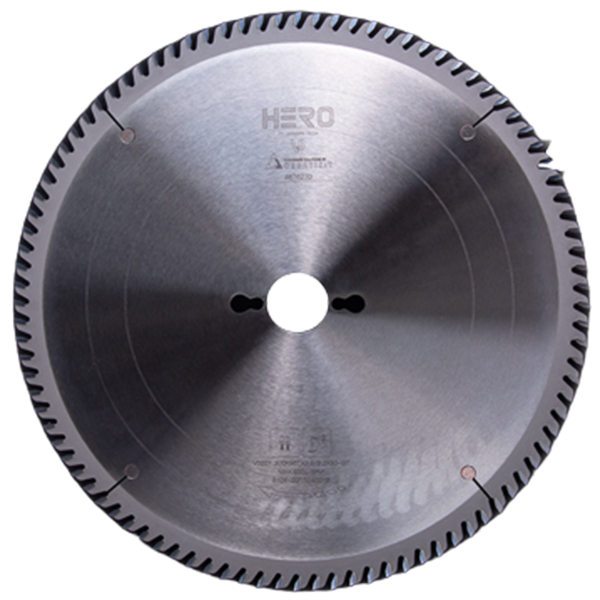 TCT Saw Blade
TCT Saw Blade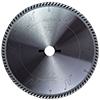 HERO Sizing Saw Blade
HERO Sizing Saw Blade HERO Panel Sizing Saw
HERO Panel Sizing Saw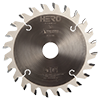 HERO Scoring Saw Blade
HERO Scoring Saw Blade HERO Solid Wood Saw Blade
HERO Solid Wood Saw Blade HERO Aluminum Saw
HERO Aluminum Saw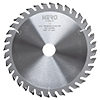 Grooving Saw
Grooving Saw Steel Profile Saw
Steel Profile Saw Edge Bander Saw
Edge Bander Saw Acrylic Saw
Acrylic Saw PCD Saw Blade
PCD Saw Blade PCD Sizing Saw Blade
PCD Sizing Saw Blade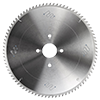 PCD Panel Sizing Saw
PCD Panel Sizing Saw PCD Scoring Saw Blade
PCD Scoring Saw Blade PCD Grooving Saw
PCD Grooving Saw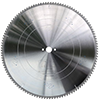 PCD Aluminum Saw
PCD Aluminum Saw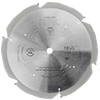 PCD Fiberboard Saw
PCD Fiberboard Saw Cold Saw for Metal
Cold Saw for Metal Cold Saw Blade for Ferrous Metal
Cold Saw Blade for Ferrous Metal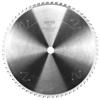 Dry Cut Saw Blade for Ferrous Metal
Dry Cut Saw Blade for Ferrous Metal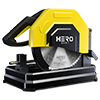 Cold Saw Machine
Cold Saw Machine Drill Bits
Drill Bits Dowel Drill Bits
Dowel Drill Bits Through Drill Bits
Through Drill Bits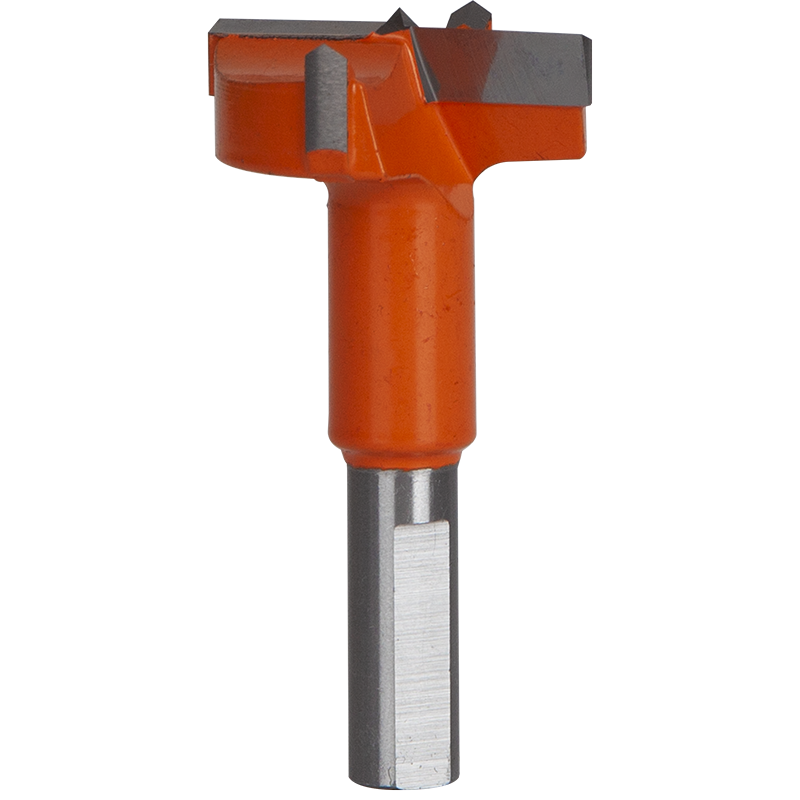 Hinge Drill Bits
Hinge Drill Bits TCT Step Drill Bits
TCT Step Drill Bits HSS Drill Bits/ Mortise Bits
HSS Drill Bits/ Mortise Bits Router Bits
Router Bits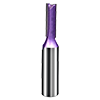 Straight Bits
Straight Bits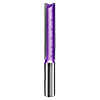 Longer Straight Bits
Longer Straight Bits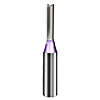 TCT Straight Bits
TCT Straight Bits M16 Straight Bits
M16 Straight Bits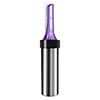 TCT X Straight Bits
TCT X Straight Bits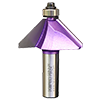 45 Degree Chamfer Bit
45 Degree Chamfer Bit Carving Bit
Carving Bit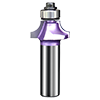 Corner Round Bit
Corner Round Bit PCD Router Bits
PCD Router Bits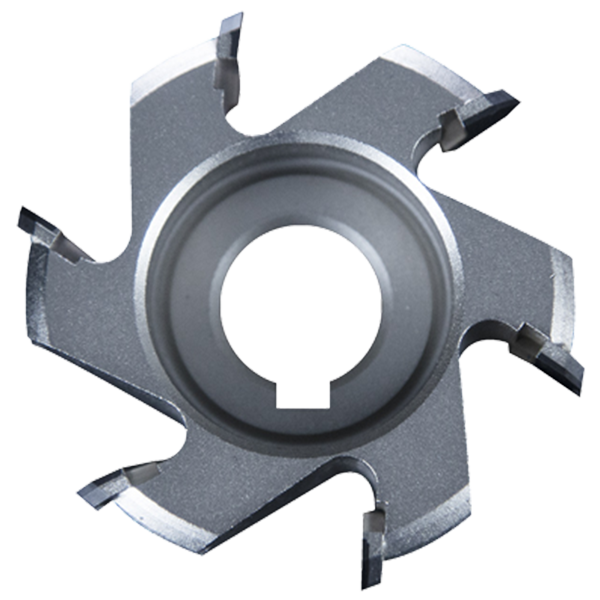 Edge Banding Tools
Edge Banding Tools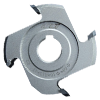 TCT Fine Trimming Cutter
TCT Fine Trimming Cutter TCT Pre Milling Cutter
TCT Pre Milling Cutter Edge Bander Saw
Edge Bander Saw PCD Fine Trimming Cutter
PCD Fine Trimming Cutter PCD Pre Milling Cutter
PCD Pre Milling Cutter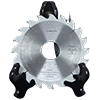 PCD Edge Bander Saw
PCD Edge Bander Saw Other Tools & Accessories
Other Tools & Accessories Drill Adapters
Drill Adapters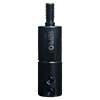 Drill Chucks
Drill Chucks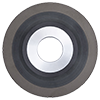 Diamond Sand Wheel
Diamond Sand Wheel Planer Knives
Planer Knives
